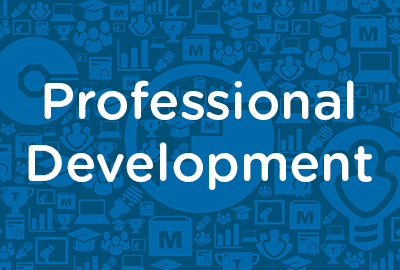 |
Interviewing Skills: Handling and Conducting (Instructor Guide) |
1.00 |
Some interviewees demand a particularly focused and skillful use of interviewing techniques. Your ability to handle talkative, uncommunicative, nervous, or inexperienced candidates is important in order to get an accurate assessment of the candidate’s abilities. If you develop ways of handling various types of interviewees before the interview begins, you’ll be able to encourage them to respond positively and share information. You’ll also avoid the mistake of eliminating candidates on the basis of value judgments or preconceptions.
An interview is a two-way conversation designed to gather information about, and provide information to the candidate, so you both can decide on the fit between the position, the organization, and the candidate. Good interviews flow smoothly when both the interviewer and the candidate take part in an information exchange.
In this course you will learn to: handle an interview by developing an understanding of the various types of candidates, and conduct an interview by following a specific structure and using effective communication techniques.
This Instructor's Edition of this course includes notes and suggestions to assist you in presenting the material, whether in an in-person classroom setting, or as an instructor-led online or distance-learning course. It also provides you with the answers to questions found in mid-lesson activities, as well as in the quiz that concludes the course. |
 |
OSTPD - Supporting Attendance through After School Programming |
1.00 |
This training will cover a number of areas regarding how after school programs can support youth attendance in school. By looking at and exploring the connection between after school programming and attendance in school, we see how after school programming supports attendance at school as well as how to coordinate with the school in order to maximize the positive impact of after school on school attendance through collaboration. |
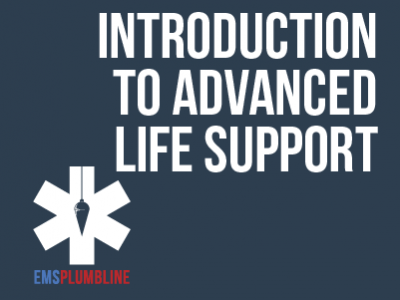 |
Constructing: Sepsis for Paramedics, Part 2—Fluid Resuscitation |
1.00 |
If you think caring for sepsis patients is not an interesting topic, you might want to think again. Medical Directors Jeremy Cushman and Christopher Galton, give Paramedic Hoskins a passionate description of proper patient care. Fluids are important and this is why. Final Exam: This multiple choice exam is designed to test your knowledge of the material you just reviewed. You have two attempts to gain an 80% or higher on this exam. Please take your time and answer each question carefully. |
 |
Business Writing: Formal Proposals |
0.75 |
This course will cover how to create a formal proposal. You will also learn how to add visual elements to a formal proposal, and edit a proposal. |
 |
Conflict and Communication: Why Can't We Be Friends? |
1.00 |
Conflict occurs when we are in relationship with others. In fact, the hallmark of a healthy relationship is not the absence of conflict, but the ability to successfully resolve it. Unfortunately, resolving conflict is not a skill many of us were taught. We'll explore the fundamental causes of conflict and the dynamics that can escalate conflict. Finally, we’ll cover the tools necessary to navigate conflict successfully, including effective communication strategies. |
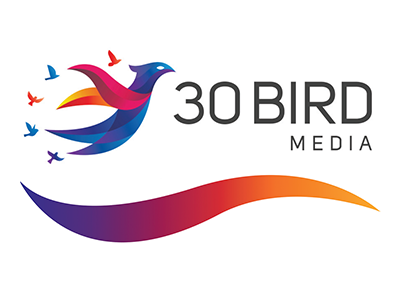 |
Microsoft Access 2019 Complete |
16.00 |
This course provides the basic and advanced concepts for the use of Microsoft Access 2019: How to navigate the Access interface; how to create and modify tables, queries, forms, and reports; how to create advanced queries, forms, and reports; how to create macros; and how to manage your databases.
You will benefit most from this course if you want to be an advanced user of Access 2019.
The course assumes you know how to use a computer, and that you're familiar with Microsoft Windows. It does not assume that you've used a different version of Access or another database system before. |
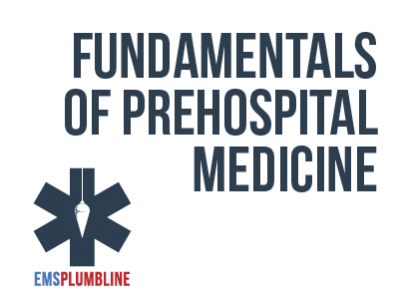 |
Building Upward: Resuscitation of Anaphylactic Shock Part 1—Overview |
1.00 |
Retired ALS provider, Michelle Cerone, speaks with Dr. Jeremy Cushman about the recognition and treatment of anaphylactic shock. This discussion gives the BLS provider the opportunity to compare allergic reactions to the life-threatening condition that requires rapid intervention. Final Exam: Please read each question carefully. You will have two attempts to gain a 70% or higher on this exam. If you are not successful in two attempts, you are welcome to take the course again to gain the certification. |
 |
Infectious Diseases: Causes and Symptoms |
1.00 |
An infectious disease is an illness that is caused by organisms such as bacteria, viruses, fungi, and parasites. Many of these organisms live in or on our bodies, and are normally harmless. But under certain circumstances, they can cause disease.
Course Learning Objectives:
- Describe infectious disease, and the ways in which germs that can cause infectious disease are spread.
- Identify common symptoms of infectious diseases, and why young children are vulnerable to infectious diseases. |
 |
Correcting Performance Problems: Disciplining Employees (Instructor Guide) |
1.67 |
Discipline is proactive, as opposed to punishment, which is reactive. Punishment provides a consequence to an action that is deemed unacceptable, whereas discipline is designed to exchange undesirable behavior for satisfactory behavior.
The purpose of disciplining an employee is twofold:
1. To correct or eliminate undesirable behavior, and
2. To provide training that improves or strengthens performance.
In this course you will learn to: keep a disciplinary perspective, determine the cause for disciplining an employee, and prepare for conducting a disciplinary meeting, maintain a positive rapport, avoid pitfalls during a disciplinary meeting with employees, and keep meetings productive, and monitor employee performance and conduct a follow-up meeting with the employee.
This Instructor's Edition of this course includes notes and suggestions to assist you in presenting the material, whether in an in-person classroom setting, or as an instructor-led online or distance-learning course. It also provides you with the answers to questions found in mid-lesson activities, as well as in the quiz that concludes the course. |
 |
Making Your Home A Safer Place |
0.75 |
This course covers household safety. This includes fire and kitchen safety, emergencies, infant safety, and more. This course will help you learn about the best practices for everyone inside the house, from infants to pets. It is just one of the many health and safety courses we offer. |
 |
Beginning a New Career |
0.50 |
In this course, you’ll learn some tips to determine what career is right for you, what to consider before changing careers, how to evaluate yourself as you consider a career, and more. |
 |
Social-Emotional Learning, Character Building & Enhancing Quality |
2.00 |
By the end of this course, you will be able to:
Strengthen your understanding of the social-emotional learning and character building that expanded learning programs support.
Be able to articulate what social-emotional learning and character development looks like in children and youth.
Identify the connection between quality standards and social-emotional learning and character development. |
 , ,  |
Dance for Joy: Confident, Calm, and Compassionate |
1.00 |
This module from Dance for Joy will provide teachers with resources and activities that can be used and modified to support physical, mental, social, and emotional development in young children.
This course covers 5 activities: Tickle the Sky, Tapping, Every Little Cell, We are One, Scoop up the Universe. |
 |
Foundational Literacy Strategies for Paraprofessionals |
1.00 |
This course covers foundational literacy strategies for paraprofessionals. It will walk you through different strategies you can use throughout the reading process. The content of this course is divided into three parts: strategies you can use before reading, during reading, and after reading. It is just one out of many paraprofessional courses we offer. This course will help you develop new knowledge about students and will help you better understand your role as a paraprofessional. |
 |
Evaluación e implementación de un entorno de cuidado infantil seguro (CDA 1 & 5) (Spanish) Assessing and Implementing a Safe Child Care Environment (CDA 1 & 5) |
2.00 |
Cuando las familias inscriben a su hijo en un programa de cuidado infantil, confían en que los profesionales que trabajan con su hijo lo mantendrán seguro. A medida que los bebés y niños pequeños curiosos se desarrollan, su deseo de explorar presenta desafíos de seguridad únicos. Este curso guía a los profesionales que trabajan con bebés y niños pequeños para evaluar los espacios de juego, las experiencias de los niños y las prácticas actuales para maximizar la seguridad de los niños.
When families enroll their child in a child care program, they trust that the professionals working with their child will keep him safe. As curious infants and toddlers develop, their desire to explore presents unique safety challenges. This course guides professionals who work with infants and toddlers to assess play spaces, children’s experiences, and current practices to maximize children’s safety. |
 |
Business Ethics: Whistle-Blowing (Instructor Guide) |
0.75 |
In this course you will learn to: identify criteria for whistleblowing and the risks associated with it, and identify when and how to blow the whistle. |
 |
Adult and Child CPR (Corrections) |
2.00 |
In this course, you will learn how to properly perform Adult and Child CPR that may someday enable you to save someone's life. |
 |
Construction Hazards |
0.50 |
This course covers the basics when discussing construction hazards you may see daily when working on a construction site. Preventative measures for falls and falling objects, electrical work, as well as excavations will be discussed throughout. |
 |
Grammar Skills: Word Choice |
1.00 |
This course covers how to choose the appropriate words for clear communication and how to recognize and use frequently misused words correctly. You will also learn how to avoid common spelling errors and correctly attach prefixes and suffixes to words. |
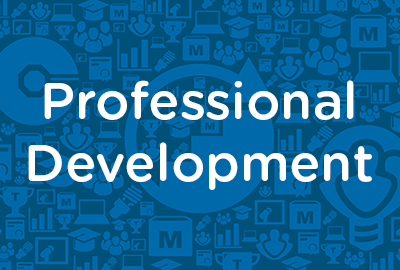 |
Cross-Cultural Business Communication: Communicating Across Cultures (Instructor Guide) |
1.00 |
When communicating across cultures, you could come across a number of barriers. In addition to language barriers, there might be more subtle obstacles, such as cultural biases and conflicting communication styles. Building relationships with people of other cultures will provide you with the incentive to work through those barriers and achieve effective communication.
In this course you will learn to: establish rapport and build trust, and listen well and provide positive and constructive feedback.
This Instructor's Edition of this course includes notes and suggestions to assist you in presenting the material, whether in an in-person classroom setting, or as an instructor-led online or distance-learning course. It also provides you with the answers to questions found in mid-lesson activities, as well as in the quiz that concludes the course. |
 |
Manejo de la Ira (Spanish) Anger Management |
1.00 |
La ira es un conjunto de respuestas físicas, emociones y comportamientos desencadenados por una amenaza o frustración percibida. La ira puede ser dañina o útil, dependiendo de cómo afrontes tu ira y la de los demás. Este curso explorará cómo comprender mejor su enojo y manejar sus respuestas de enojo. También examinará las causas del enojo y las formas de utilizarlo de manera constructiva.
Anger is a set of physical responses, emotions, and behaviors triggered by a perceived threat or frustration. Anger can be harmful or helpful, depending on how you cope with your anger and the anger of others. This course will explore how to understand your anger better and manage your anger responses. You'll also examine the causes of anger and ways to use it constructively.
|
 |
Customer Service: Using What You've Learned (Corrections) |
0.25 |
This course will provide you with the information and—we hope—the inspiration to improve your customer service skills and work toward personal success. The final two steps are up to you: You must implement what you have learned, and continue to work on improving your skills. |
 |
2021 Quarter 1: COVID-19 Quality Care Updated |
1.00 |
Providers in Western NYS have learned a great deal about treating patients that suffer from COVID-19 infections. This session was recorded in January 2021. Paramedic Shawna Rizzi does a fantastic job of interviewing Dr. Christopher Galton. Dr. Galton draws on his experience as a paramedic, EMS medical director, intensivist, and anesthesiologist to summarize the changes that every paramedic should know.
Final Exam: This multiple-choice exam is designed to test your knowledge of the material you just reviewed. You have two attempts to gain an 80% or higher on this exam. Please take your time and answer each question carefully. |
 |
Change Management: Obstacles to Change |
0.75 |
This course will cover how to identify the causes of resistance and the negative reactions to change and the methods for managing them. You will also learn how to identify the causes of complacency and prepare for crisis. |
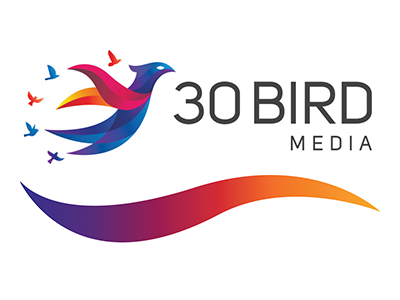 |
AWS Certified Cloud Practitioner - Exam CLF-C01 |
24.00 |
AWS Certified Cloud Practitioner (Exam CLF-C01) provides basic knowledge of cloud concepts, AWS cost management and Service Level Agreements, core AWS services, core solutions and management tools, networking and security features, and identity, governance, privacy, and compliance features.
You will find this course valuable if you are just beginning to work with cloud-based solutions and services or are new to AWS. This course maps to the AWS Certified Cloud Practitioner CLF-C01 exam. You will benefit most from this course if you intend to take the AWS Certified Cloud Practitioner CLF-C01 exam. AWS Certified Cloud Practitioner can be used to prepare for other AWS role-based or specialty certifications, but it is not a prerequisite for any of them.
This course assumes you have basic knowledge of general technology concepts, including concepts of networking, storage, compute, application support, and application development. |












 ,
, 













